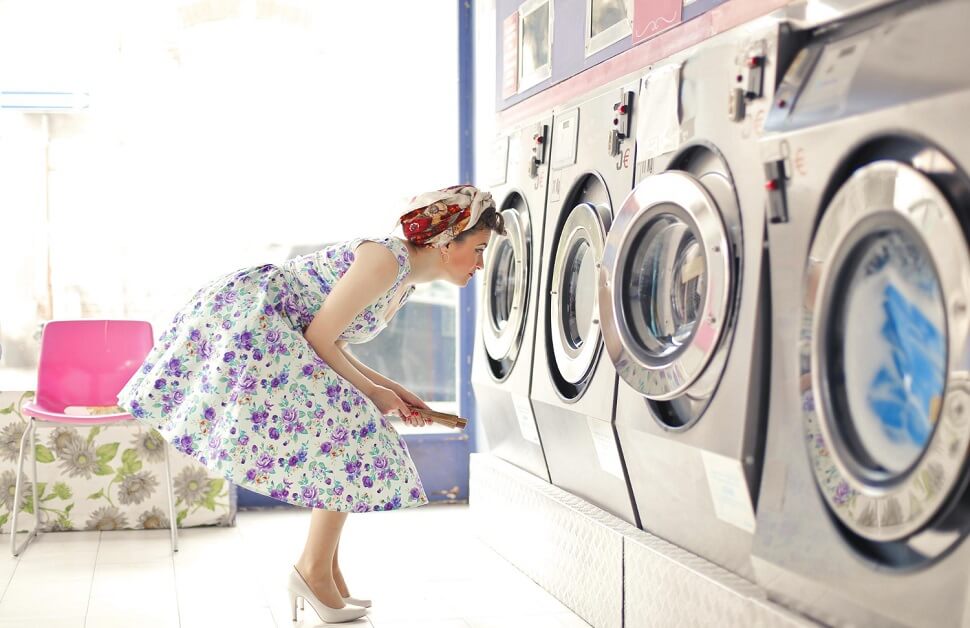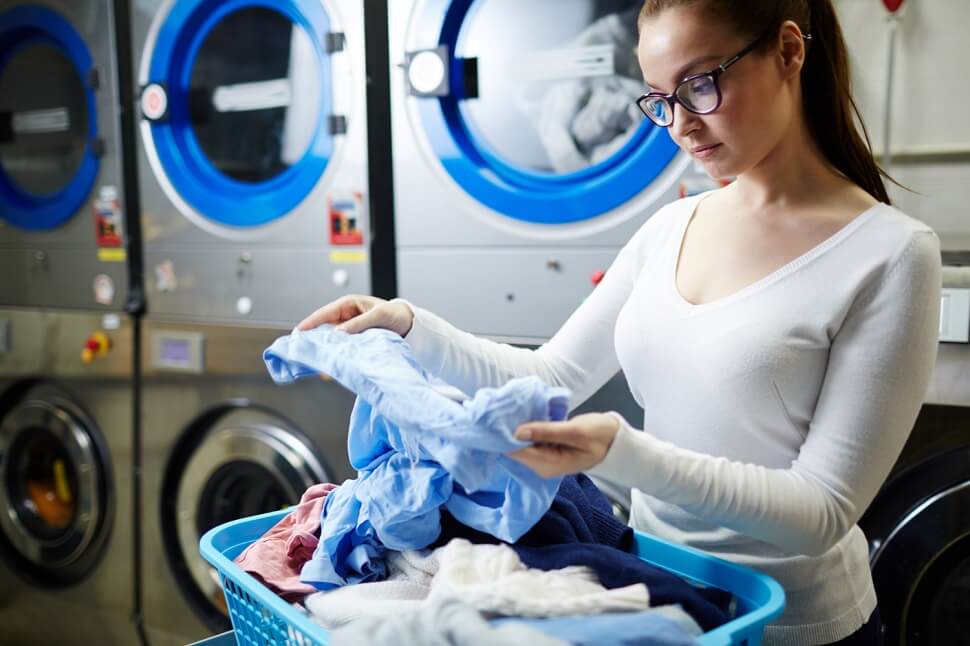The term “PERC” has grown in popularity over the past several years and is now somewhat of a buzzword. However, what is it? Does it harm the ecosystem? Is the environment safe from it? A lot of companies, especially the dry cleaning sector, use PERC. It is used as a solution in the printing and textile industries, as well as for metal degreasing. According to studies, workers in these industries are more likely to be exposed to PCE. All of these queries and more will be covered in the article!
Is PERC Harmful?
Synthetic and flammable, PERC evaporates rapidly in the presence of air. It is possible to become exposed to PERC by inhalation, skin contact, or eye contact. PERC can irritate the respiratory system, eyes, and skin. In addition to being a central nervous system depressive, high exposure to PERC can raise the risk of cancer. It is crucial to get rid of any PERC exposure you may have had.
Put on contaminated clothes and use soap and water to clean the affected area. PERC is the primary solvent used by 60–65% of dry cleaning services, according to a Perspectives in Public Health study.
Exposure to PERC:

The Toxics Use Reduction Institute (TURI) claims that skin absorption and inhalation are the two most common ways that PERC exposure occurs. When dry cleaning chemicals are used in a small area, like a dry cleaning facility, there is a risk of inhalation exposure. Dry-washed clothing can release chemicals into the skin when it comes into touch with the skin. According to some occupational studies, workers at dry cleaners were exposed to 59 parts per million (ppm) of PERC. On the other hand, the permitted exposure limit (PEL) for PCE set by the US Occupational Safety and Health Administration (OSHA) is 100 ppm for an 8-hour workday.
Also Read: The Value of Dry Cleaning Services – Is It Worth the Money?
Primary Sources of PERC Exposure:
Solutions for Dry Cleaning That Contain PERC:
For dry cleaners, this is the primary source of perc exposure. When workers apply these solutions, perc can escape into the air and end up in their lungs.
Perc-containing Wastewater:
During the cleaning process, effluent containing perchlorate may be produced and released into the environment, where humans and animals may inhale or consume it.
Release of PERC Into The Air:
Another major cause of exposure is the airborne emission of perc during the drying process. People nearby may breathe in perc when clothing containing the substance is dried in a dryer.
Perc in the Machine for Dry Cleaning:

The most popular method is using dry cleaning equipment. Workers may breathe in perc if these machines are not kept up to date and cleaned thoroughly.
Are Any Solutions For PERC?
There aren’t many more secure choices available to replace perc. Green Earth solvents are thought to be the most environmentally friendly choice because they come from minerals and vegetables. Silicone is another synthetic polymer that can be used as an alternative to PERC. One non-toxic and non-flammable option for dry cleaning is silicone. It also doesn’t cause shrinkage and is gentle to materials.
Is It Possible To Lower The Chance Of Perc Exposure From Dry Cleaning?
- Make sure there is sufficient airflow in the dry cleaning facility.
- To reduce exposure, clothing should be taken out of the dry cleaners as soon as the cycle is finished.
- To further lower the danger of exposure, dry-cleaned clothing should be hung up to air out before being worn.
Also Read: What You Need To Know: Petrol Wash, Perc and Hydrocarbon Dry Cleaning
Conclusion:
PERC is definitely a very effective cleaner as it gets rid of stains deep down, but if you misuse it, it can be dangerous for your health. Even though modern dry cleaning services use up to 50% less PERC than their predecessors, breathing in the fumes is still not recommended. Fortunately, there are dry cleaning services that can use water, which is a more environmentally friendly option. The eco-friendly laundry services like Hello Laundry in London, Essex and Birmingham are well-known. They provide PERC-free dry cleaning solutions and use cleaner, greener chemicals to get your laundry clean. Book your clothes washing services with Hello Laundry and get free laundry collection and delivery in 24 to 48 hours.

